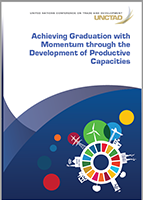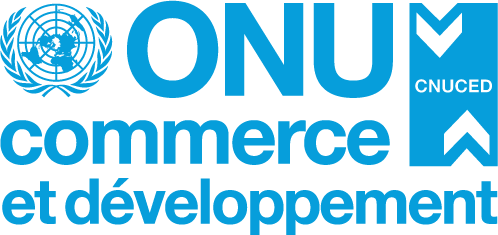
The development path a least developed country (LDC) follows to achieve the eligibility criteria for graduation has important implications for the challenges and vulnerabilities they face after graduation, as well as the means they have at their disposal to address them.
The dynamics that drive LDCs to achieve graduation also impacts their performance on graduation. UNCTAD maintains that a country’s development process continues indefinitely beyond graduation, and its subsequent success critically depends on the foundations it was able to build during graduation. How graduation is achieved is thus as important as when it is achieved.
Graduating LDCs need a new strategy to enable them to achieve graduation on a sustainable basis, and with an economic and developmental base for continued development, or ‘graduation with momentum’. The key feature of this graduation strategy is to bridge the pre- and post-graduation development processes to create sustainable graduation and continuity in the development trajectory beyond graduation.
To this end, this paper proposes two key adjustments to the current conceptualization of graduation strategies, namely:
-
The introduction of a policy framework to help refocus the objectives and strategic direction of the graduation strategy.
-
A new timeframe for the implementation of the strategy.
Achieving this entails the design of long-term catch-up strategies to build the capabilities that graduating LDCs need to achieve ‘graduation with momentum’ and catch up with other developing countries (ODCs).
This can be achieved by transforming the smooth transition strategy from its current narrow perspective as a short-term post-graduation plan for the utilization of international support mechanisms (ISMs), into a ‘long-term’ and broad-based strategy to expand the productive capacities of graduating countries with a view to achieving ‘graduation with momentum’.


